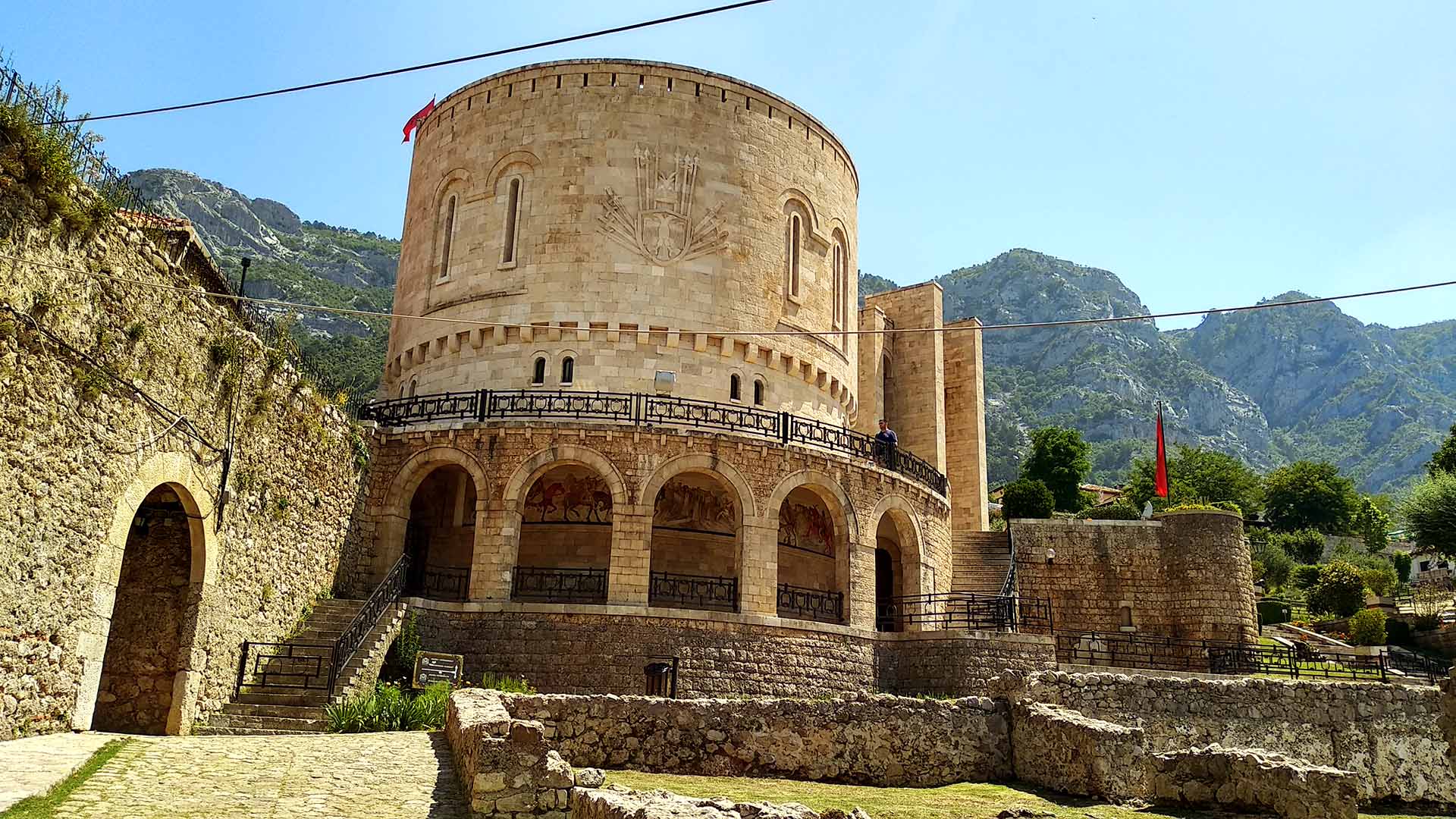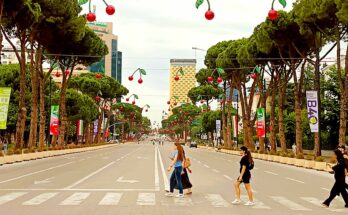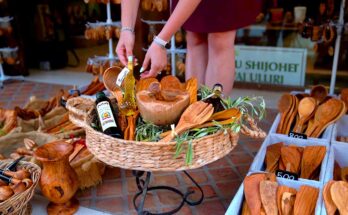Actually, based on documentary sources, Gjergj Kastrioti, from Čidhna e Peshkopija, the youngest son among the four sons of Gjon Kastrioti, Lord of Dibra and Mati, was born around 1405. He spent his childhood near the family. When he was approximately 18 years old (1423) he was given as a hostage to Sultan Muras II. Large, agile and smart, Gjergji made an impression on the Edrene court. As the son of a vassal, the sultan enrolled him in the military school of Oglenére, near the palace.
According to custom, there he became a Muslim and took the name Skender. He completed the military school in an excellent manner. Years later, in 1426, we find George again in Albania. But later, as a soldier and the son of a vassal, he was forced to take part in the usual campaigns of the Turks. During these campaigns, Skenderi distinguished himself as a soldier, won the trust of the Sultan and received the title of bey, comparable to that of general. It was called Skenderbe.
In 1438, Murat II appointed Skënderbeu as Subash of the vilayet of Kruja, one of the most important vilayets of the Sanjak of Albania. Two years later he went from Kruja to Dibër. Seeing the readiness of the popular masses to fight against the foreign occupier, he secretly began preparations to organize the liberation uprising. He also sought to secure international support for this purpose. Skanderbeg entered into secret relations with the Republic of Venice, with that of Ragusa and with the Kingdom of Naples, which promised him friendship. But with all the readiness of the population and with all the encouragement that came to him from outside, Skanderbeg delayed the outbreak of the uprising, until , in the fall of 1443, favorable conditions were created for him.
The moment came in the autumn of 1443, when the governor of Transylvania, Janos Huniad, prepared for an offensive against the Ottoman Turks, in order to push them as far as possible from the borders of Hungary. For this purpose, Huniad, with the help of Papés, came into contact with the heads of the Balkan countries, who would operate in the Turkish rear. The Hungarian captain was indirectly connected with Skenderbeu and other Albanian leaders. The conditions in Albania were favorable because, fearing the Hungarian offensive, the sultan had anchored the main part of his armies in the Danube.
Together with the Ottoman armies, Skenderbeu himself left from Dibra for the Danube front at the head of 300 Albanian knights of his sanjak. On November 3, 1443, with great bravery, the Hungarian armies crossed the Danube and started marching towards the city of Niš. The attack caused panic in the ranks of the Ottoman armies. Skanderbeg thought that the right moment had come. He, along with his nephew, Hamza Kastrioti, and 300 Albanian cavalry, left the front. After a few days, he reached Dibër, where he was greeted with cheers by the country’s population. Then he turned to the fortress of Kruja, which occupied a key place. The strategic position it had made it very difficult to conquer it by war.
For this reason, Skanderbeg got his hands on it by trickery – by means of a false decree allegedly issued by the sultan as if Skanderbeg had been appointed its Subash. Thus the Turkish military garrison was annihilated. In later days, Skanderbeg himself spread the fire of the uprising to the other provinces of the Kastriots’ possession, expelling the Spahis and the Turkish garrisons from the forts of Treva.
On November 27, Skenderbeu returned victorious to Kruja. The next day, on November 28, 1443, he announced the recovery of the free Albanian principality, raising the Kastriot flag, the two-headed black vulture on a red field, over the Kruja castle. Skenderbeu’s uprising gave other Albanian nobles an opportunity to free their feudal possessions. Thus, the liberation uprising became general. During December 1443, Central Albania was cleansed of the Ottomans.



